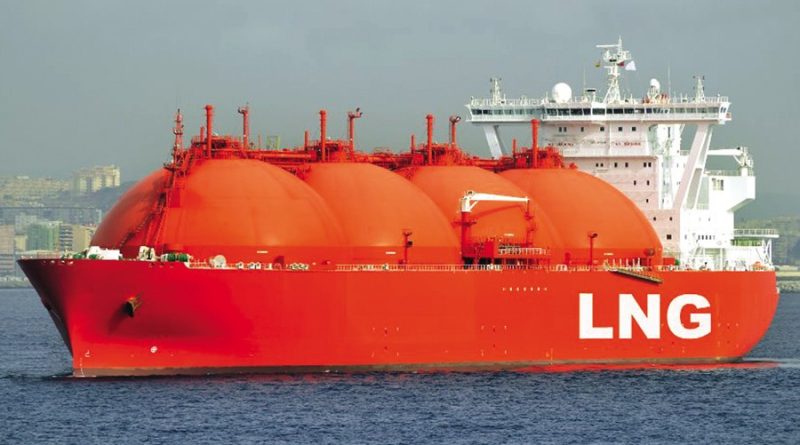Bangladesh’s natural gas reserves are depleting fast, forcing the country to ramp up costly imports of liquefied natural gas (LNG) to keep factories and power plants running.
Experts warn that without new discoveries, the country’s gas supply could be exhausted within the next eight years — a prospect that threatens energy security, industrial output, and fiscal stability.
Reserves running low
Petrobangla data shows that Bangladesh has already extracted more than two-thirds of its total gas reserves. Of the 29.74 trillion cubic feet (tcf) discovered so far, 21.08tcf has been used, leaving only 8.66tcf remaining as of June 2024.
Daily production from local fields has plunged to about 1,800 million cubic feet per day (mmcfd), down by one-third from 2,700mmcfd in 2017.
“Local production is declining but demand is rising in every sector,” said AKM Mizanur Rahman, director (finance) at Petrobangla. “To meet the gap, we have no choice but to increase LNG imports.”
Record LNG imports push up costs
In 2025, Bangladesh imported a record volume of LNG to offset the shortfall. Between January and August, Rupantarita Prakritik Gas Company Ltd (RPGCL) brought in 35 spot cargoes — up from 21 during the same period last year.
Petrobangla is authorised to import 56 shipments under long-term contracts this year, but the remaining 52 of its planned 108 cargoes must come from volatile and expensive spot markets. The company expects to import 115 cargoes in FY26 at an estimated cost of Tk580 billion.
This growing reliance on imported gas has sharply increased subsidies. The government paid Tk8,900 crore in gas subsidies in FY25, up from Tk6,000 crore a year earlier, to bridge the gap between high import prices and low consumer tariffs.
Fields losing pressure, exploration stagnates
The production slump stems from reservoir depletion, aging infrastructure, and years of underinvestment. Major fields — including Titas, Bibiyana, and Rashidpur — are losing pressure, pushing total output down to around 1,850mmcfd by mid-2025.
Even with LNG, total gas supply dropped to 2,526mmcfd in FY25 from 2,715mmcfd a year earlier. While domestic gas costs roughly Tk3 per cubic metre, imported LNG costs about Tk55, creating a steep financial gap.
Petrobangla estimates the blended cost at Tk19.09 per cubic metre, compared with an average selling price of Tk11.91, implying a subsidy of Tk7.18 per unit.
Bangladesh currently operates 20 active gas fields, but exploration has stalled for over a decade. The last major discovery, Bibiyana, dates back to 1998, and only one small field — Jakiganj — has been found since 2021.
Bapex struggles to keep up
The state-run Bangladesh Petroleum Exploration and Production Company (Bapex) remains chronically underfunded. Plans to acquire a new drilling rig worth Tk3.5–4 billion have been pending for years, with the last major equipment purchase made in 2012.
“Bapex has been underfunded for decades and deliberately weakened to favour foreign companies,” said energy analyst Badrul Imam. “If the government wants energy security, it must invest properly in local exploration.”
Industry feels the heat
Gas shortages are already squeezing industries, particularly in manufacturing hubs. Many factories are operating at reduced capacity, receiving barely two-thirds of their required gas supply.
Industrial gas demand was projected at 976mmcfd in FY25, but actual deliveries ranged between 560 and 600mmcfd. National demand now exceeds 4 billion cubic feet per day, while total supply remains below 2.7 bcf/d.
Rising costs have compounded the strain. The government raised industrial gas tariffs by up to 179% in early 2023, followed by another 33% hike this year for new connections.
A race against time
To reverse the trend, the interim government plans to drill 100 new wells, including 31 refurbishments, aiming to add about 650mmcfd to national supply.
“Contracts for most wells have been signed,” said Petrobangla’s Mizanur Rahman. “Some walkover wells will start producing soon, and we expect to discover about 100mmcfd from them.”
For now, however, Bangladesh’s growing dependence on imported LNG remains a costly lifeline — one that underscores the urgency of new exploration before the nation’s gas wells finally run dry.






